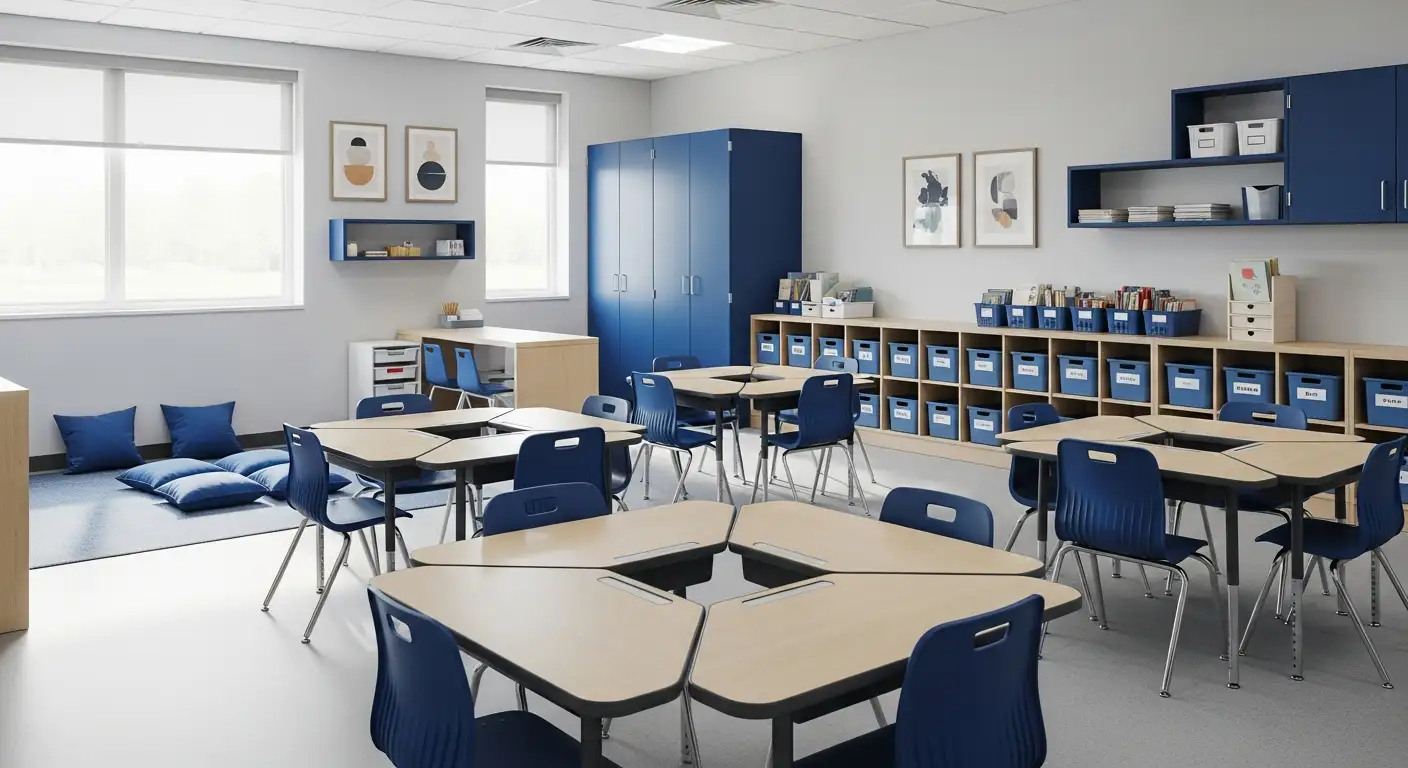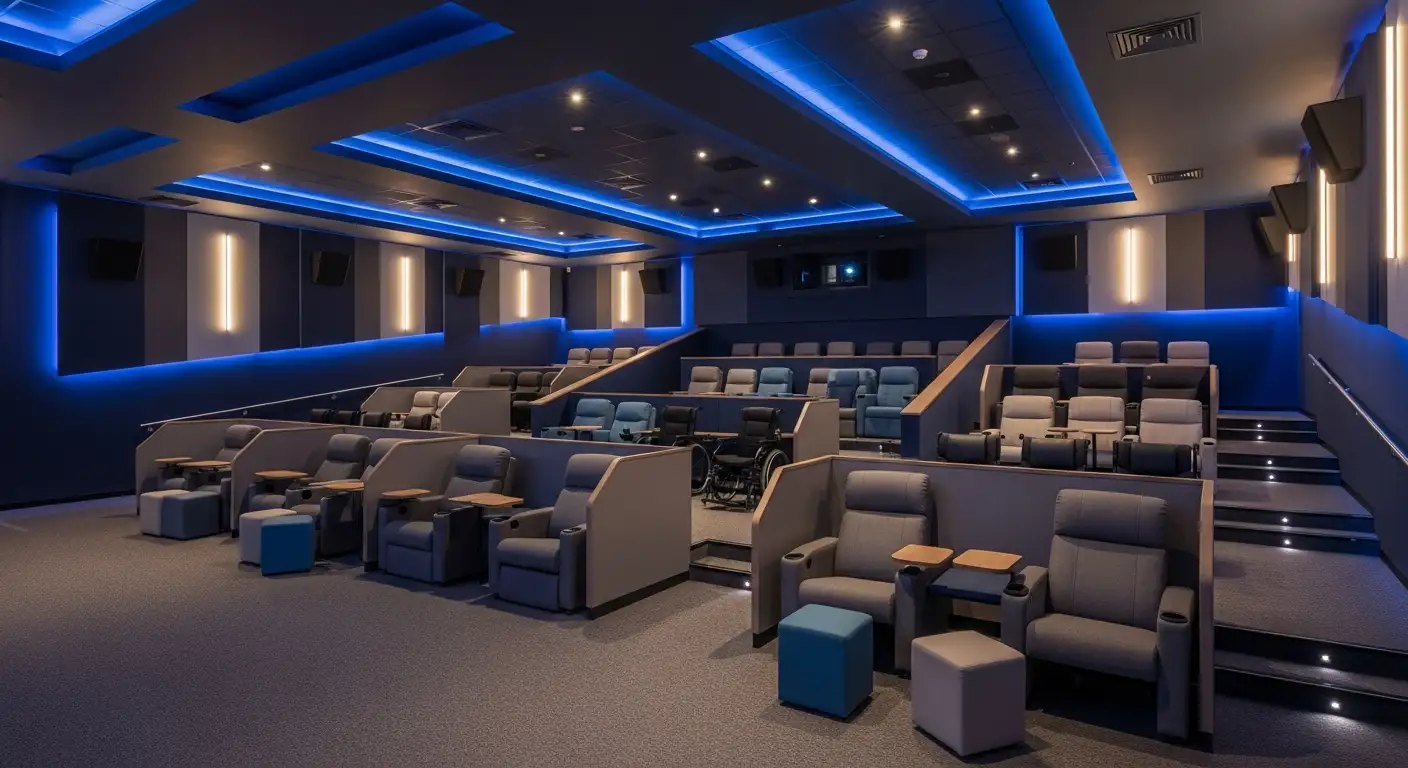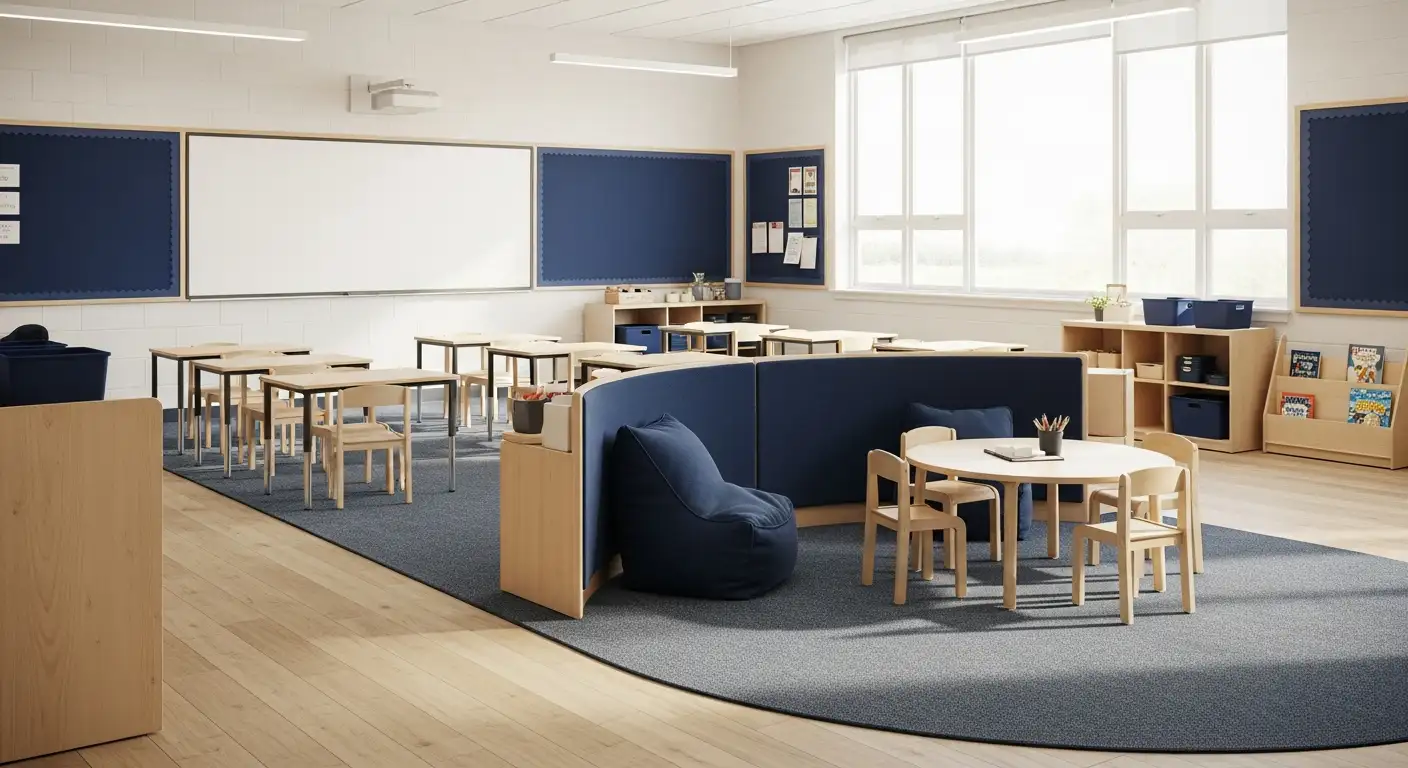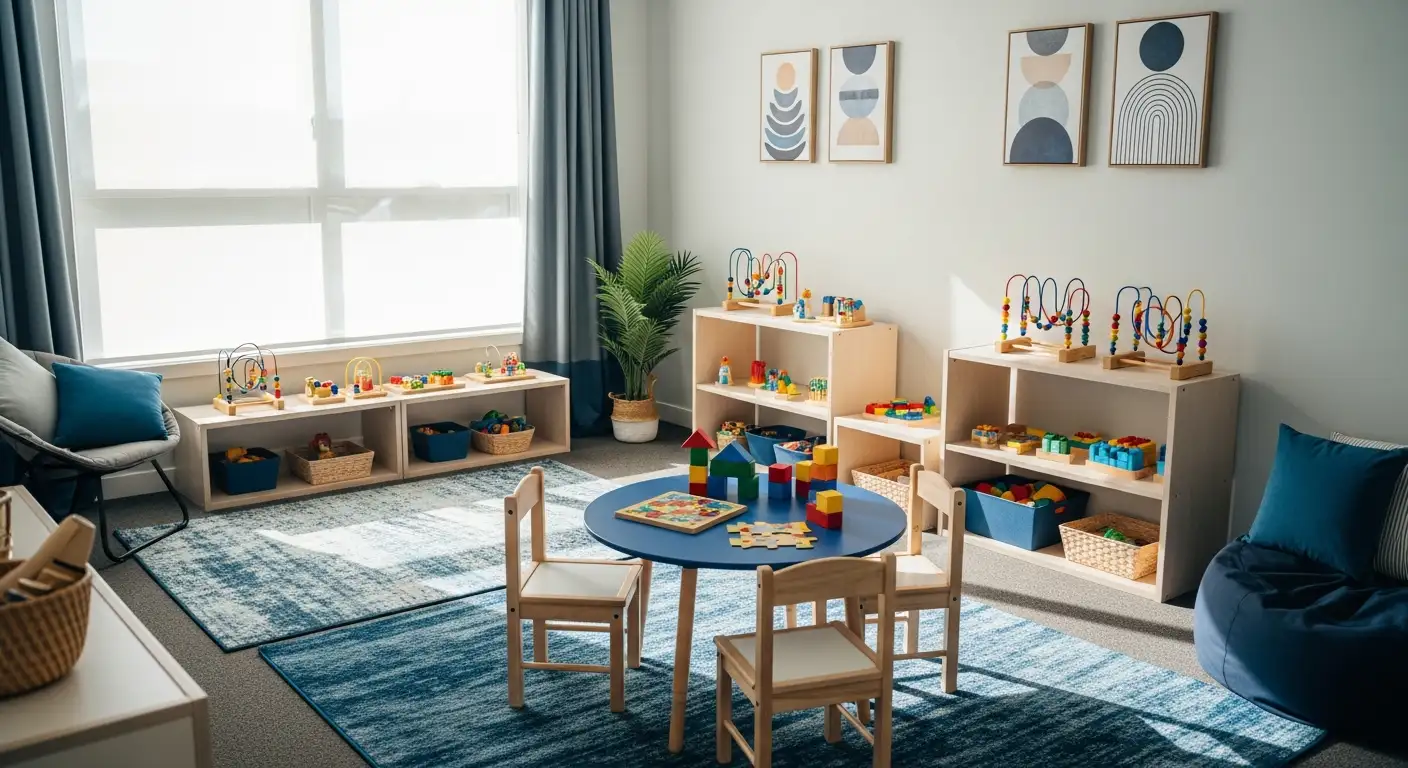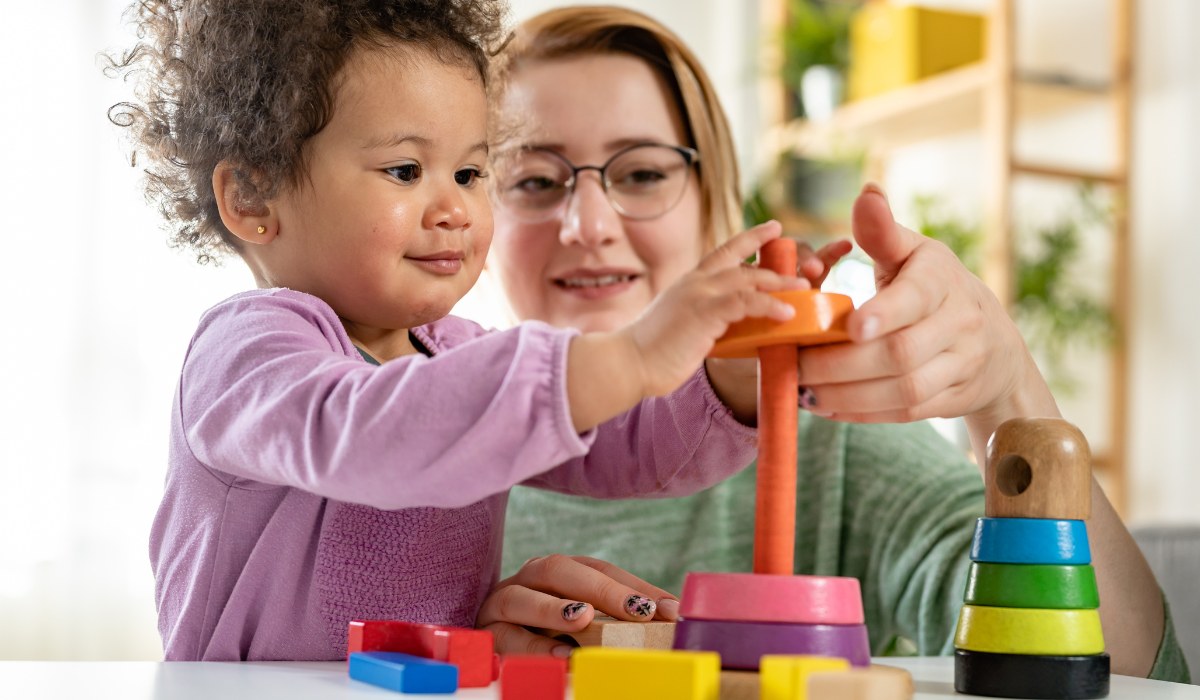Supporting Autistic Teens in Building Communication Skills
Enhancing Communication: Strategies and Therapies for Autistic Adolescents

Understanding Communication Challenges in Autistic Teens
Autistic teenagers face unique communication challenges that can impact their social interactions, learning opportunities, and overall quality of life. Addressing these challenges requires specialized, evidence-based approaches and a deep understanding of individual differences in communication styles. This article explores how various therapies and strategies, including Applied Behavior Analysis (ABA), can effectively support autistic adolescents in building their communication skills for greater independence and social engagement.
Applied Behavior Analysis (ABA): A Cornerstone in Autism Therapy
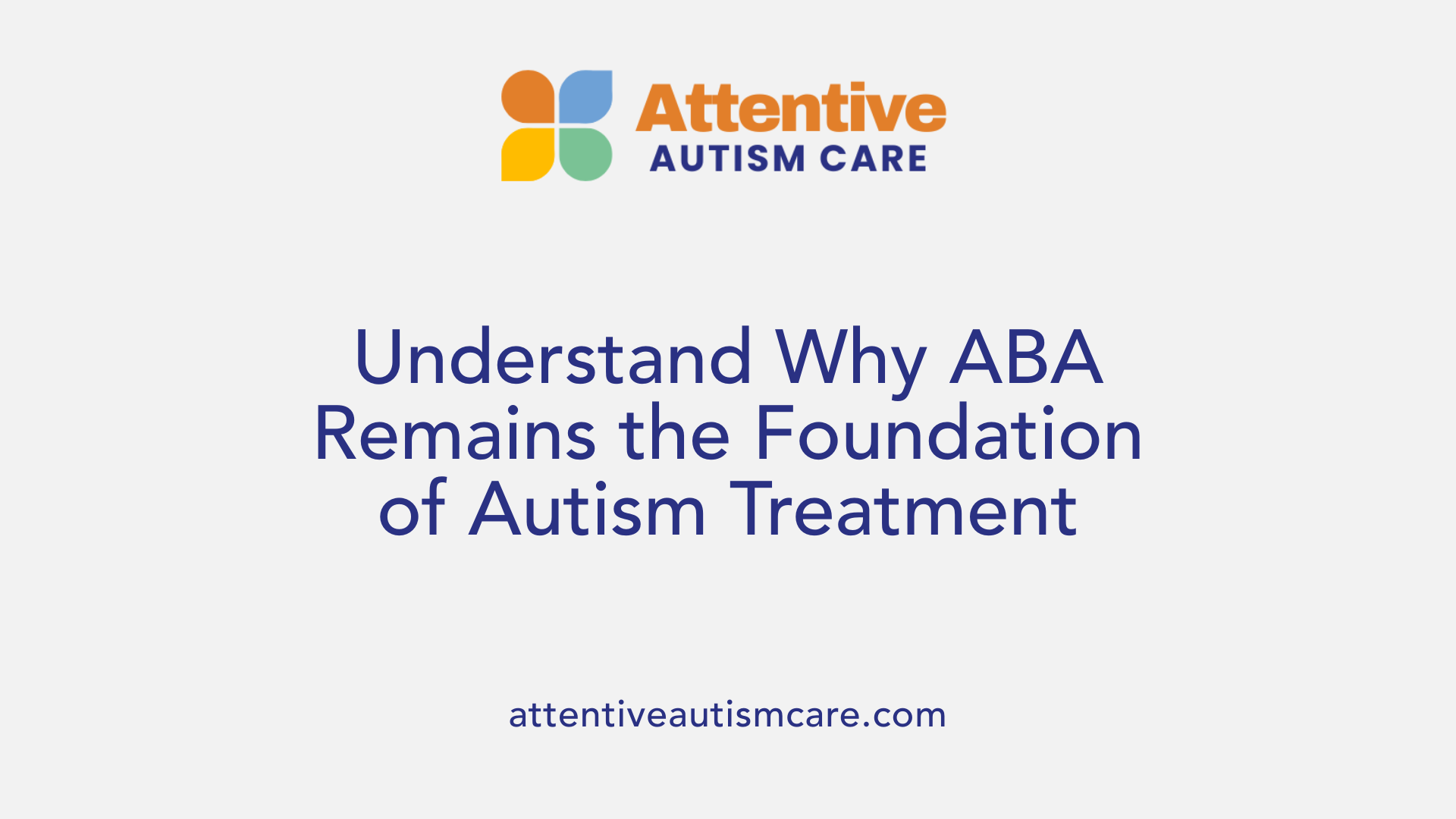
What is applied behavior analysis (ABA) therapy?
Applied Behavior Analysis (ABA) is a scientific therapy designed to understand and influence behaviors by studying what happens before and after a behavior occurs. It mainly helps increase positive behaviors like communication and social skills while reducing negative or harmful actions.
Scientific basis and goals of ABA
ABA relies on the principles of learning theory, focusing on how behaviors are acquired and maintained. The goal is to help children, especially those with autism spectrum disorder (ASD), develop essential skills that allow better interaction with their environment and greater independence. This personalized therapy helps children learn new skills and decrease behaviors that can interfere with learning and social integration.
Personalization of therapy through assessments
ABA therapy is tailored to each child through careful assessments performed by certified professionals called Board-Certified Behavior Analysts (BCBAs). These evaluations identify individual strengths and challenges, guiding the therapy plan to address specific needs and priorities.
Common ABA techniques such as discrete trial training and natural environment teaching
Two well-known ABA techniques include:
- Discrete Trial Training (DTT): This method breaks down skills into small, structured steps taught one at a time, rewarding the child immediately for correct responses.
- Natural Environment Teaching (NET): This approach uses everyday settings and activities to encourage learning in real-life contexts, helping children generalize skills.
Effectiveness and settings for ABA implementation
Most experts recommend 20 to 40 hours of ABA therapy per week, which can be delivered in clinics, schools, or at home, allowing consistent reinforcement of positive behaviors. Research consistently shows that intensive ABA therapy leads to improvements in communication, social skills, and independence, making it a widely endorsed intervention for children with autism.
| Aspect | Description | Notes |
|---|---|---|
| Definition | Therapy analyzing antecedents, behaviors, consequences to shape actions | Focuses on increasing helpful behaviors |
| Personalization | Customized by assessments and goals for each child | Conducted by Board-Certified Behavior Analysts |
| Techniques | Discrete Trial Training, Natural Environment Teaching, Play-based methods | Rewards and positive reinforcement emphasized |
| Implementation Setting | Clinical, school, or home environments | Flexible delivery tailored to family needs |
| Effectiveness | Shown through research to improve communication and social skills | Recommendations often for 20-40 hours weekly |
ABA Therapy's Role in Enhancing Communication and Social Skills
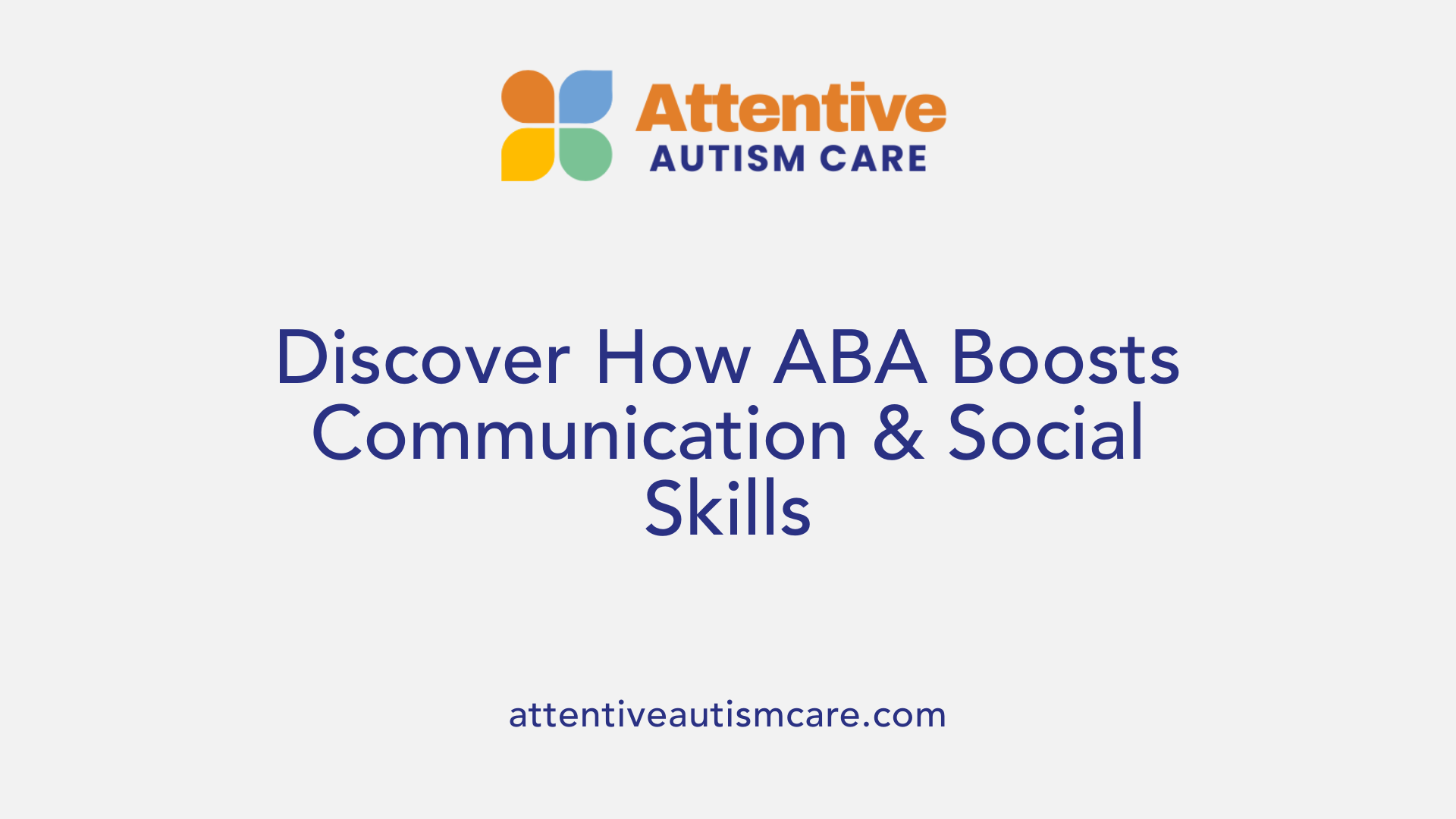
How does ABA therapy help individuals with autism?
Applied Behavior Analysis (ABA) therapy aids individuals with autism by employing evidence-based methods such as positive reinforcement and prompting to teach new skills while reducing challenging behaviors. This individualized approach is tailored to each child's unique needs, focusing on communication, social interaction, daily living skills, and emotional regulation.
ABA therapists carefully track progress and adjust interventions, ensuring that teaching strategies promote meaningful developmental growth. By reinforcing desired behaviors with rewards, ABA encourages skill acquisition and reduces behaviors that interfere with learning and socialization.
Use of positive reinforcement and prompting
Positive reinforcement is a cornerstone of ABA, involving immediate rewards or praise when a child successfully demonstrates a target behavior. This strategy increases the likelihood that such behaviors will recur. Prompting guides the child toward the correct response through cues or assistance, gradually fading as the child gains independence.
Focus on communication, social interaction, and daily living skills
ABA targets several critical areas including improving verbal and nonverbal communication, enhancing social skills like turn-taking and eye contact, and teaching essential daily living activities such as dressing and hygiene. This comprehensive focus promotes the child's overall independence and ability to integrate successfully into various social environments.
Settings including home, school, and community
ABA therapy can be applied flexibly across various environments like the home, school, and community settings. This versatility supports consistent learning opportunities, allowing skills learned in one place to generalize to others. Such naturalistic settings foster meaningful practice and promote real-world success.
Importance of early and consistent intervention
Early and intensive ABA therapy—typically 20 to 40 hours per week—has been shown to deliver the best outcomes. Consistent intervention during crucial developmental windows helps maximize progress in communication and social abilities.
Parent participation in therapy
Active involvement of parents and caregivers is vital in the ABA process. They reinforce therapeutic goals outside of formal sessions and support consistent application of strategies, ensuring skill consolidation and generalization.
Overall, ABA therapy offers a structured, flexible, and evidence-based approach that significantly benefits individuals with autism by improving their communication skills and social functioning, ultimately enhancing quality of life and independence.
Key Providers and Qualifications in ABA Therapy for Autism

Who provides ABA therapy services?
ABA therapy is delivered by a team of trained professionals specialized in behavioral interventions. The primary providers include Board Certified Behavior Analysts (BCBAs), Board Certified Assistant Behavior Analysts (BCaBAs), and Registered Behavior Technicians (RBTs).
- BCBAs hold advanced degrees and are responsible for overseeing assessment, developing treatment plans, supervising intervention implementation, and training other providers.
- BCaBAs work under BCBA supervision, assist with implementation, and gain experience to become fully certified analysts.
- RBTs implement ABA protocols directly with children, often delivering one-on-one sessions, always under supervision.
Additionally, licensed psychologists, counselors, and allied health professionals with proper ABA training may also provide therapy. Importantly, parents and caregivers are trained to reinforce therapeutic strategies at home, which enhances generalization and success.
What qualifications are required for professionals offering ABA therapy?
Prospective ABA therapists typically undertake rigorous educational and clinical training paths:
- Most professionals pursuing BCBA or BCaBA certification hold graduate degrees in fields such as applied behavior analysis, psychology, or education.
- Certification requires successful completion of specialized coursework, between 1,500 and 2,000 hours of supervised fieldwork, and passing a comprehensive board exam.
- Many states require licensure with ongoing continuing education to maintain ethical and professional standards.
Key competencies expected include behavioral assessment, individualized intervention design, systematic data collection and analysis, and strong communication skills.
The journey to becoming a qualified ABA professional usually spans around six years, combining academic coursework, supervised practical experience, and certification exams.
Role of parents and caregivers in therapy implementation
Parents and caregivers play a vital role in ABA therapy by applying behavior strategies in everyday environments to maintain consistency. Their active involvement is crucial for:
- Reinforcing positive behaviors learned during sessions.
- Providing additional practice opportunities.
- Monitoring progress and communicating with therapists.
By partnering with ABA professionals, families help optimize therapy outcomes and support the child’s development comprehensively.
Behavioral Targets in ABA Therapy: Communication and Beyond
What types of behaviors are addressed in ABA therapy?
Applied Behavior Analysis (ABA) therapy targets a wide range of behaviors to support individuals, especially children with autism spectrum disorder (ASD). It primarily aims to increase beneficial and adaptive behaviors such as improving communication skills, enhancing social interactions, attention span, and academic performance.
Increasing communication and social skills
ABA is effective in promoting social and communication skills through structured methods like discrete trial teaching and pivotal response training. These approaches encourage functional communication, turn-taking, imitation, and social reciprocity, often using positive reinforcement when desired behaviors are displayed.
Reducing harmful or disruptive behaviors
Alongside promoting helpful actions, ABA works to decrease challenging behaviors that may be harmful or impede learning. This includes reducing aggression, self-injurious behaviors, repetitive motions, and maladaptive routines by understanding the triggers and consequences that sustain them.
Functional behavioral assessments
A core part of ABA is conducting functional behavioral assessments (FBA). These assessments help to identify the purpose or function of specific behaviors, guiding the creation of tailored interventions that replace problematic behaviors with positive communication or social strategies.
Development of daily living and motor skills
Beyond communication and social behaviors, ABA therapy addresses skills that contribute to independence, such as hygiene routines, dressing, and basic motor skills. Teaching these areas enhances daily functioning and overall life quality.
Behavior modification for life improvement
The ultimate goal of ABA is to modify the function of behaviors with an emphasis on social significance. This involves systematically reinforcing desirable behaviors and teaching adaptive skills that promote participation in home, school, and community settings. By doing this, ABA supports individuals in reaching greater independence and improved quality of life.
Supporting Communication: Alternative and Augmentative Methods

Communication boards and Picture Exchange Communication System (PECS)
Communication boards and PECS are essential tools used to support nonverbal children or those with limited speech abilities. Communication boards allow children to express themselves using images, providing a simple and effective means of interaction. PECS, a structured system that enables children to request items or express needs through picture exchanges, has demonstrated small to moderate gains in communication skills. This method not only promotes communication but also helps develop visual tracking and understanding.
Speech-generating devices and their advantages and challenges
Speech-generating devices (SGDs) are electronic tools that produce spoken words through alphabet keys or symbol selection. These devices help facilitate interaction and verbal communication, especially benefiting those who struggle with traditional speech. Despite their advantages, SGDs can be costly and may require specialized training and support for effective use.
Sign language usage and limitations
Sign language, including American Sign Language (ASL), offers an expressive communication system used by approximately one million people. For some children with autism, sign language provides a vital means to convey thoughts and needs. However, mastering sign language can be challenging for certain children with ASD, requiring patience and consistent teaching.
Assistive technologies and apps
Beyond traditional methods, various assistive technologies and apps provide innovative ways to support communication in autistic children and adolescents. These include picture exchange apps, interactive visual supports, and tailored software that adapts to individual communication preferences, helping to foster language development and engagement.
Tailoring methods to individual preferences and abilities
Effective communication support acknowledges the wide variation in communication styles and abilities among autistic individuals. Optimal strategies are tailored to each child's strengths, challenges, and preferences, often combining multiple methods such as PECS, speech-generating devices, and sign language. This personalized approach enhances the child's ability to communicate effectively and participate socially.
Social Skills Development Through Behavioral and Relational Interventions
What is Relationship Development Intervention (RDI)?
Relationship Development Intervention (RDI) is a behavioral strategy designed to enhance social skills in children with autism. It focuses on setting personalized social goals based on individual assessments, with active family involvement to promote meaningful social interaction and communication growth.
How Does Modeling Social Interactions Help?
Modeling social interactions, such as turn-taking and reciprocity, teaches children essential social behaviors by demonstrating expected responses in various situations. This approach encourages them to engage naturally with others through repeated practice and positive reinforcement.
Why Are Imitation Skills Important for Social Engagement?
Teaching both motor and verbal imitation skills boosts social engagement in children with autism. By copying gestures, sounds, or actions, children build foundational skills that support more complex social interactions and communication.
How Do Structured Group Activities and Peer Pairing Support Social Skills?
Creating small and manageable group activities, like lunch groups with specific discussion topics, offers a safe environment for practicing social skills. Pairing children with peers who exhibit strong social abilities encourages imitation and natural modeling, facilitating social growth within familiar contexts.
What Role Does Teaching Empathy and Non-Verbal Communication Play?
Children learn to understand others’ perspectives by teaching empathy, recognizing facial expressions, and interpreting non-verbal cues. These skills are crucial for navigating social situations and forming emotional connections.
How Are Social Narratives and Cartooning Used in Teaching?
Social narratives and social cartooning visually describe social rules and expectations, making abstract concepts easier for children with autism to understand. These tools simplify social scenarios and help prepare children for real-world interactions through storytelling and visual aids.
Communication Challenges and Effective Professional Engagement
What are common interaction difficulties among autistic teens?
Adolescents with autism spectrum disorder (ASD) often experience limited vocabulary and struggle with social anxiety. Poor eye contact and stress during social situations further complicate their ability to engage effectively.
How do communication breakdowns occur and how are they managed?
Communication breakdowns may manifest as misunderstandings, mumbled speech, or difficulty following complex instructions. Health professionals manage these challenges using strategies such as repeating information, requesting clarification, and simplifying instructions to enhance understanding.
How do health professionals adapt their interaction styles for clarity and predictability?
To counter interaction challenges, professionals frequently adopt direct and simplified communication approaches. They emphasize predictable and clear exchanges, incorporating pauses and steady pacing to match the autistic teen's communication needs.
Why are simplified language, repetition, and visual cues important?
Simplified language reduces cognitive load, making concepts more accessible. Repetition reinforces learning and comprehension. Visual cues, including signs, symbols, or written prompts, support understanding and sustain attention during therapy or consultations.
How does training healthcare providers in tailored communication techniques help?
Training enables practitioners to recognize individual communication styles and adapt techniques accordingly. This targeted approach improves engagement, compliance, and therapeutic outcomes by fostering rapport and reducing social anxiety.
These methods are vital for successful interactions between health professionals and autistic adolescents, ultimately enhancing treatment efficacy and fostering better health outcomes.
Early and Functional Communication Training for Long-Term Gains
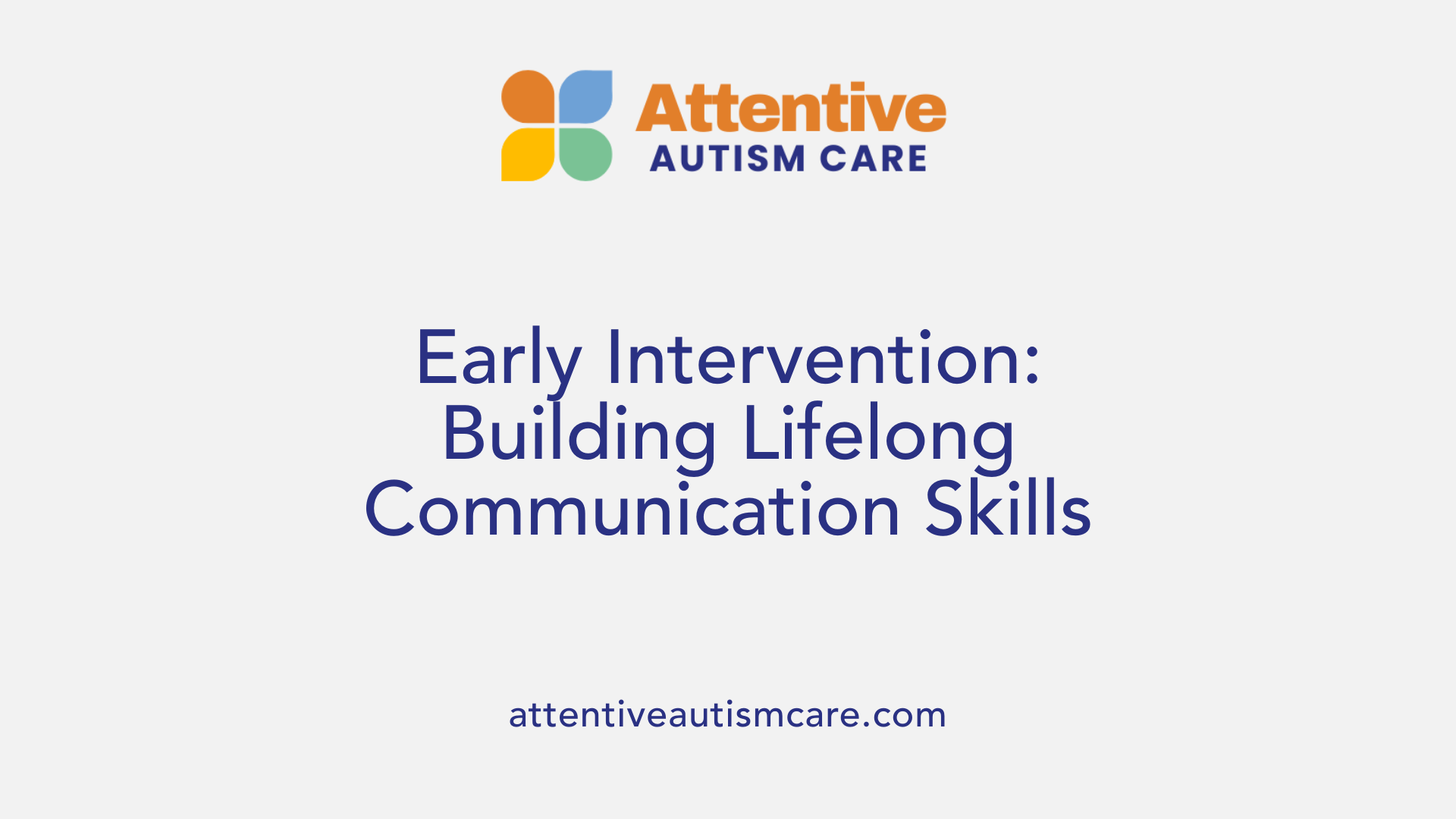
What is Functional Communication Training (FCT) and how does it help?
Functional Communication Training (FCT) is a structured approach designed to teach children with autism effective ways to communicate their needs using words, signs, or pictures. Its primary goal is to reduce frustration and decrease maladaptive behaviors such as self-injury, aggression, or tantrums, which often serve as replacements for communication in situations where the child's needs are not adequately met.
How are motivated reinforcers identified and used in FCT?
In FCT, the process starts by identifying highly motivating items or activities for the child, such as favorite toys, foods, or games. These reinforcers are essential as they encourage the child to participate actively in the communication learning process. Using these motivators ensures the child is engaged and more likely to adopt functional communication methods.
What role do errorless learning and gradual independence play in FCT?
FCT employs errorless learning techniques, meaning the child is supported closely to produce the correct communication response without failure. This supportive environment helps build confidence and reduces frustration. Over time, the child gradually gains independence by practicing communication skills with less assistance, promoting long-term functional use.
Why is early intervention emphasized, and can FCT help at any age?
Starting FCT as early as possible is critical to building a solid foundation of functional communication skills. Early intervention maximizes the child's developmental potential. However, FCT remains effective at any age, including adolescents and adults, highlighting its flexibility and applicability across the lifespan.
Who typically implements FCT?
FCT is usually carried out by speech and language pathologists or behavioral psychologists trained in Applied Behavior Analysis (ABA). These specialists ensure that interventions are tailored to each child's unique communication challenges and behavioral needs, providing expert guidance throughout the training process.
Integrating Emerging Technologies to Enhance Communication Therapy
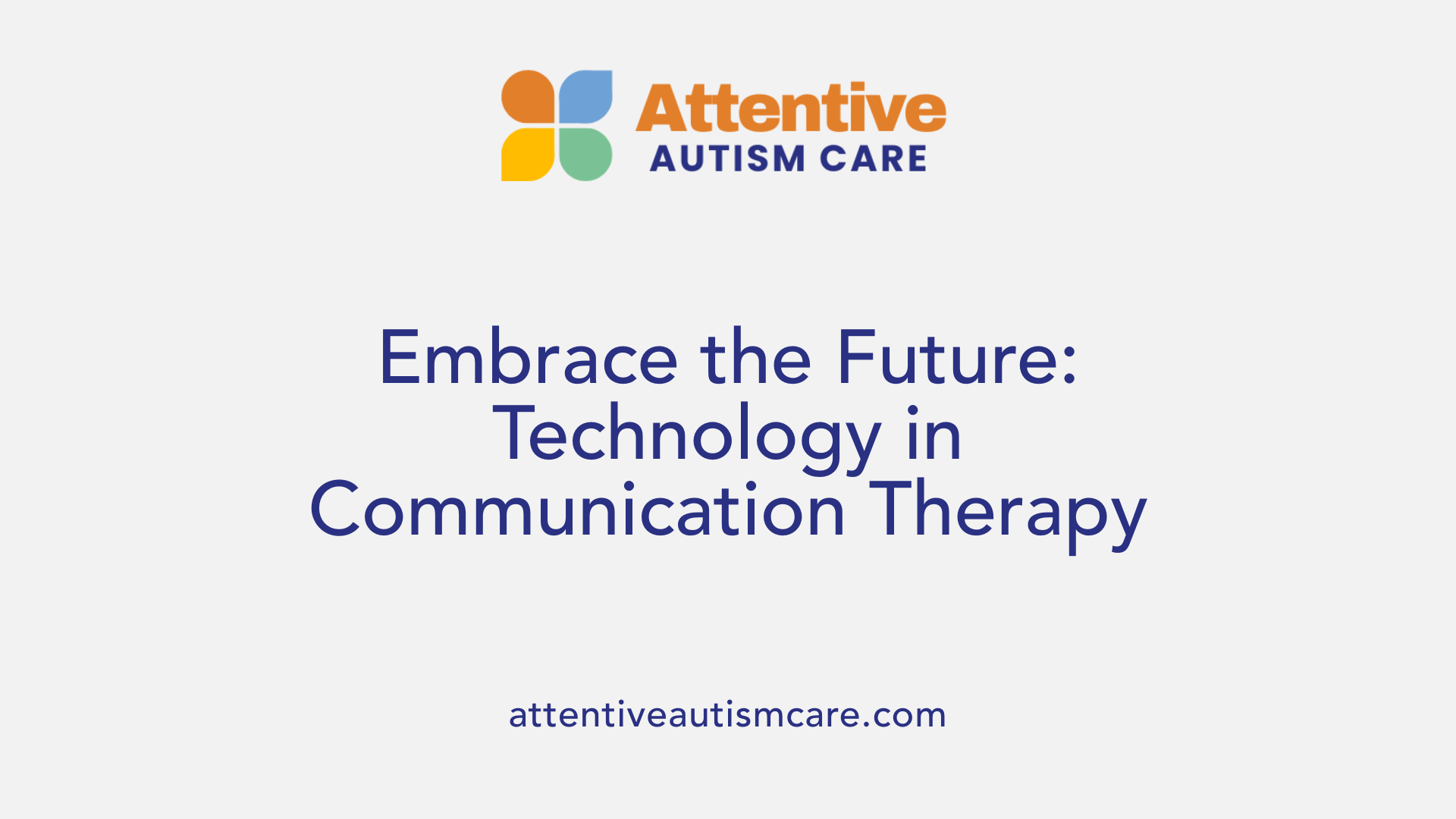
How is Virtual Reality (VR) used for social communication practice in autism therapy?
Virtual reality offers immersive, interactive environments where children and adolescents with autism can safely practice social communication skills. These simulated settings allow repeated exposure to social scenarios, such as conversations or navigating public spaces, helping users build confidence and competence in a controlled context.
What roles do social assistance robots and wearable technology (WAT) play?
Social assistance robots are designed to encourage social interaction by engaging children in games and conversational exercises that stimulate communication. Meanwhile, wearable technology (WAT) monitors behaviors and physiological responses, providing real-time feedback to therapists and families to tailor communication interventions effectively.
How do music therapy and auditory integration training contribute?
Music therapy uses both receptive and improvisational methods to enhance communication and emotional expression, supporting language development and social engagement. Auditory integration training (AIT) presents processed sounds to improve auditory processing, which can lead to better cognitive and behavioral outcomes relevant to communication.
What neuropsychological approaches address language perception challenges?
Neuropsychology applies targeted assessments and interventions to treat language perception dysfunction, particularly in high-functioning autistic children. These methods focus on improving how children process and interpret spoken language, laying a foundation for more effective verbal communication.
What are the advantages of combining technology-enhanced therapies with naturalistic interventions?
Combining advanced technologies with naturalistic approaches like Natural Developmental Behavior Intervention (NDBI) fosters skill acquisition in everyday contexts, enhancing generalization and retention. Technology provides consistent, engaging practice opportunities, while naturalistic interventions promote spontaneous, meaningful communication during daily interactions.
Building Bridges Through Communication: Pathways Forward
Supporting autistic teenagers in building communication skills requires a comprehensive approach that embraces both traditional therapies like ABA and innovative strategies such as functional communication training and assistive technologies. Understanding the diversity of communication styles, prioritizing individualized interventions, and involving families and professionals collaboratively empower autistic adolescents to overcome challenges and foster meaningful social connections. Continued investment in training professionals, research, and technology integration promises to further enhance the communication capabilities and quality of life for autistic youth, paving the way for successful participation in their communities.
References
- 7 Autism Behavior and Communication Strategies
- Communication strategies used by adolescents with autism ...
- Autism and Social Skills Development
- Autism and communication
- Review of intervention methods for language and ...
- Treatment and Intervention for Autism Spectrum Disorder
- Teaching nonverbal autistic children to talk
- Helping Children With Autism Learn to Communicate



